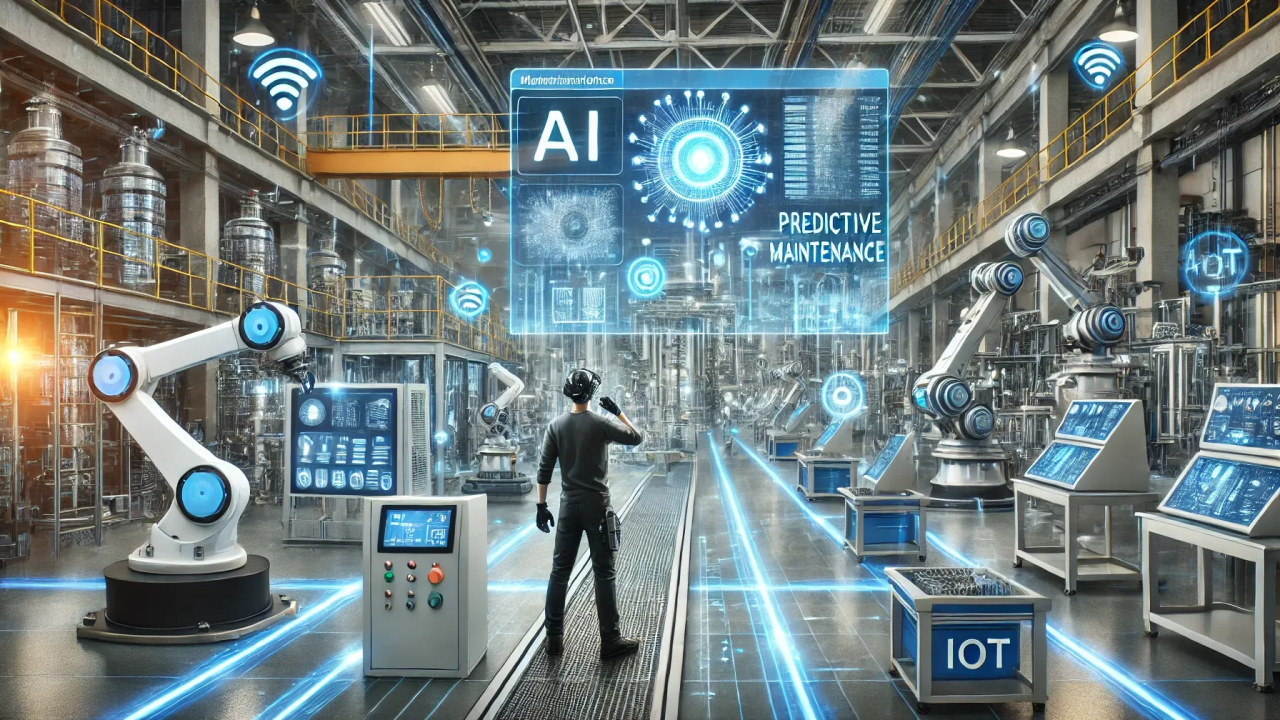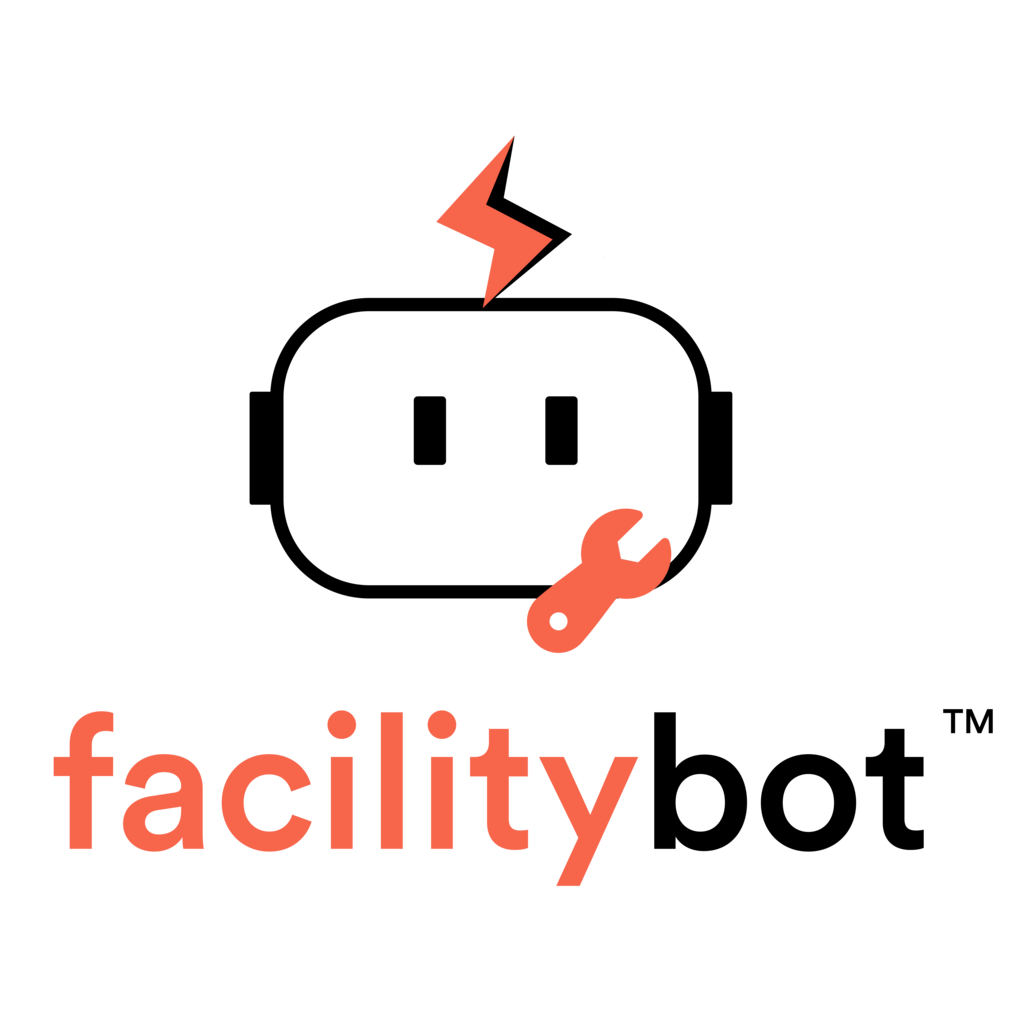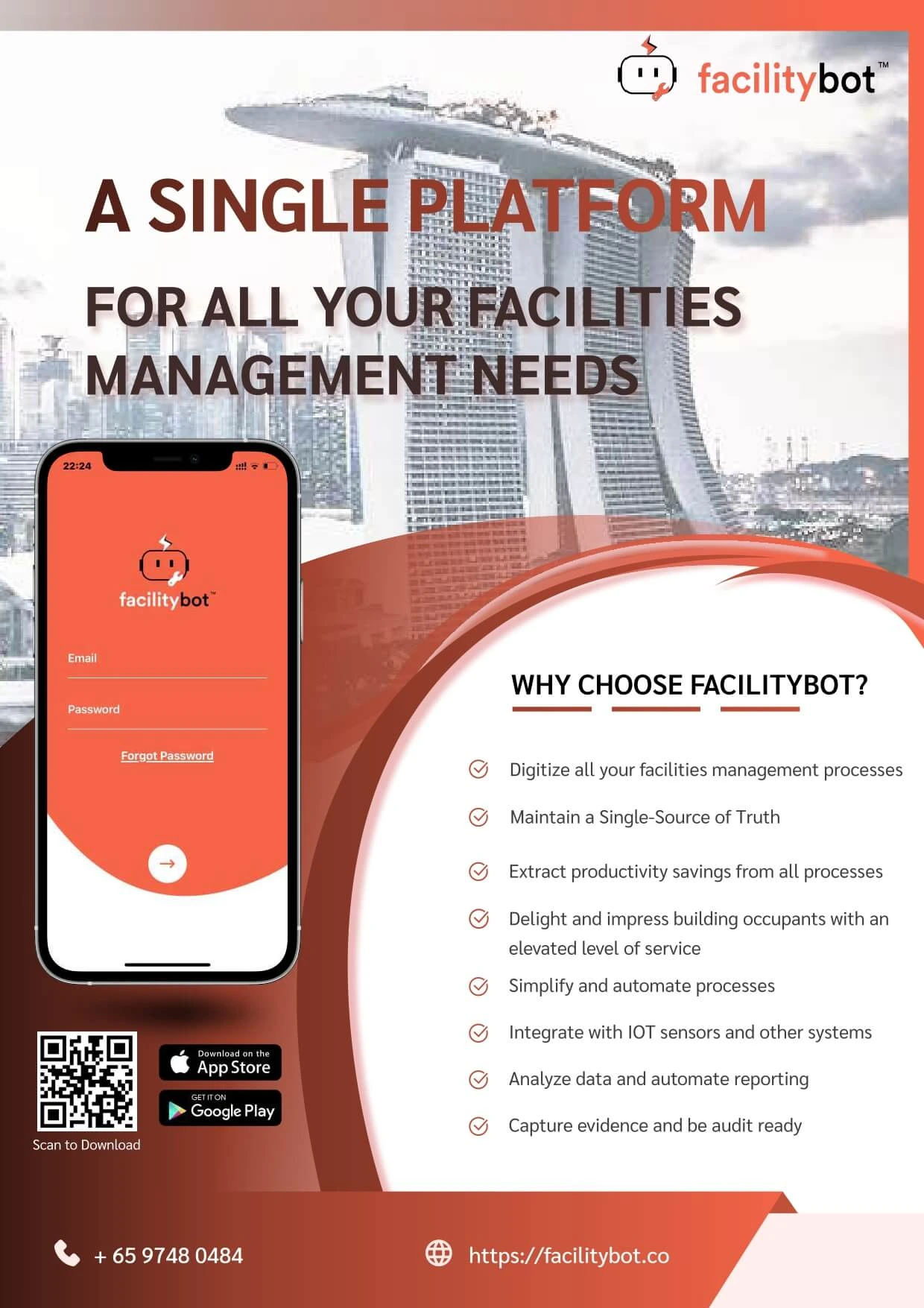In today’s fast-evolving built environment, facility managers face unprecedented pressure to reduce equipment downtime, cut operational costs, and improve asset reliability. Traditional maintenance methods—reactive repairs, manual scheduling, and guesswork-based inspections—are no longer enough to keep modern facilities running efficiently. This is where AI maintenance planning in facility management is transforming the industry.
Artificial intelligence is redefining how facilities operate by enabling data-driven decision-making, predictive scheduling, and automated work order planning. AI not only reduces human error but also empowers facility teams to work proactively rather than reactively. With AI-powered tools like FacilityBot, facility managers are finally able to optimize asset performance with precision and achieve long-term operational excellence.
What Is AI Maintenance Planning?
AI maintenance planning refers to the use of artificial intelligence technologies—such as machine learning, predictive analytics, and automation—to forecast maintenance needs, plan tasks intelligently, and optimize asset performance.
Instead of relying on fixed schedules or reacting to breakdowns, AI analyzes real-time equipment data, condition trends, historical failures, and environmental inputs. Then it predicts:
- When equipment will fail
- Which assets need immediate attention
- What tasks should be prioritized
- The best schedule to minimize downtime
- How to allocate technicians efficiently
This leads to a smart, dynamic maintenance plan that constantly adjusts based on real-time insights.
Why AI Maintenance Planning Matters in Facility Management
The facilities landscape is more complex than ever—multiple asset types, rising energy costs, remote work, higher tenant expectations, and stricter compliance requirements. Traditional maintenance models struggle under these conditions.

AI fills critical gaps by enabling:
1. Predictive Maintenance Instead of Reactive Repairs
AI forecasts equipment failures before they happen.
This prevents:
- Unexpected breakdowns
- Asset-related safety incidents
- Rising repair costs
- Service disruptions
Predictive maintenance can reduce unplanned downtime by 40–70% and extend asset life by 20–30%.
2. Smarter Scheduling and Technician Optimization
Instead of manual calendar-based scheduling, AI creates a dynamic plan based on:
- Asset condition
- Usage levels
- Failure risk
- Technician workload
This ensures that maintenance resources are used efficiently, without over-scheduling or under-servicing.
3. Reduced Operational Costs
AI-driven maintenance reduces excessive inspections, avoids unnecessary repairs, and prevents costly breakdowns. Facilities can save millions annually depending on asset volume.
4. Real-Time Visibility of Asset Health
AI continually analyzes sensor data, IoT inputs, and performance metrics to deliver ongoing insights. Facility managers always know which equipment needs attention—right now.
5. Better Compliance and Safety
AI ensures:
- Equipment meets regulatory standards
- Maintenance logs are complete
- Service activities follow compliance rules
- Risks are flagged before they become hazards
6. Enhanced Tenant and Occupant Experience
A well-maintained building leads to:
- Fewer complaints
- Faster service response
- Improved comfort and productivity
AI allows maintenance teams to fix issues before tenants even notice them.
How AI Works in Maintenance Planning
To understand the power of AI, it’s important to see how it integrates into daily facility operations:
Step 1: Data Collection
AI collects equipment data from:
- IoT sensors
- Temperature and vibration readings
- Energy consumption
- Historical work orders
- Technician notes
- BMS and CMMS systems
Step 2: Pattern Recognition
Machine learning algorithms detect anomalies and patterns in equipment behavior that humans often miss.
Step 3: Failure Prediction
AI predicts:
- Failure timelines
- High-risk assets
- Root causes
This enables advanced scheduling.
Step 4: Automated Maintenance Planning
The AI system generates:
- Recommended tasks
- Technician assignments
- Optimal routing
- Priority rankings
- Time and cost estimates
Step 5: Continuous Optimization
The system learns from every completed work order and becomes smarter over time.
Real-World Use Cases of AI Maintenance Planning
1. HVAC Predictive Monitoring
AI can detect inefficiencies or upcoming failures in HVAC systems using real-time data from sensors. This prevents:

- Overheating
- Faulty compressors
- Unexpected shutdowns
2. Lift and Escalator Predictive Analysis
AI predicts mechanical failures before they happen, improving safety and minimizing downtime for tenants.
3. Smart Energy and Utility Maintenance
Instead of waiting for spikes in energy usage, AI alerts facility teams early, enabling corrective actions.
4. AI-Powered Asset Lifecycle Planning
AI helps determine:
- When equipment needs servicing
- When it should be replaced
- How to maximize its lifespan
The Role of FacilityBot in AI Maintenance Planning
FacilityBot stands out as one of the leading platforms transforming facility management with AI-powered tools. It provides intelligent maintenance planning features such as:
✔ Predictive Maintenance Alerts
FacilityBot uses AI to monitor sensor data and flag potential failures.
✔ Automated Work Order Scheduling
The system automatically creates and assigns work orders based on condition, priority, and technician availability.
✔ Smart Chatbot Interface for Issues
Tenants can report issues via messaging apps like WhatsApp, Telegram, Facebook Messenger, and more. AI categorizes requests instantly, reducing admin workload.
✔ Integrated Asset Management
FacilityBot keeps track of all asset data and uses AI to recommend maintenance plans that extend asset life.
✔ Data-Driven Insights
Powerful dashboards help managers make informed decisions about maintenance budgets, performance, and future planning.
With FacilityBot, organizations gain a centralized, AI-powered maintenance ecosystem designed for efficiency, automation, and long-term cost savings.
Benefits of AI Maintenance Planning for Modern Facilities
Here are the top advantages for facility managers adopting AI:
1. Up to 50% reduction in reactive maintenance
AI shifts operations from reactive to predictive.
2. 20–40% reduction in maintenance costs
Through smarter planning and fewer emergency repairs.
3. Lower energy consumption and carbon footprint
AI ensures equipment runs at peak efficiency.
4. Extended asset lifespan
Timely maintenance prevents equipment deterioration.
5. Improved technician productivity
AI eliminates scheduling guesswork and manual planning.
6. Significant boost in tenant satisfaction
Fewer disruptions and faster service responses.
The Future of AI Maintenance Planning
As technology evolves, maintenance planning will become even more intelligent through:
- Autonomous maintenance robots
- AI-driven spare parts management
- Deep learning fault detection
- Full integration with IoT, BIM, and BMS systems
- Hyper-automation across all FM workflows
Facilities that adopt AI today will be the most prepared for the next decade of innovation.
Conclusion
AI maintenance planning in facility management is no longer optional—it’s essential. It enables predictive scheduling, smarter resource allocation, improved asset health, and long-term cost savings. With tools like FacilityBot, facility managers can finally adopt a proactive, data-driven maintenance strategy that enhances both operational stability and tenant satisfaction.
Facilities that embrace AI today are building the foundation for smarter, safer, and more efficient operations tomorrow.




